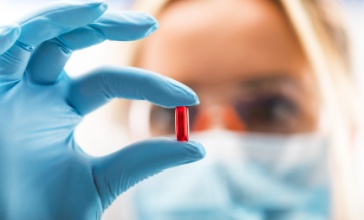
Impact of differences between interim and post-interim analysis populations on outcomes of a group sequential trial: Example of the MOVe-OUT study
11.06.2025 | Caraco Y, Johnson MG, Chiarappa JA, Maas BM, Stone JA, Rizk ML, Vesnesky M, Strizki JM, Williams-Diaz A, Brown ML, Carmelitano P, Wan H, Pedley A, Chawla A, Wolf DJ, Grobler
JA, Paschke A, De Anda C
Clin Trials. 2025 Jun